Given OpenAI’s close relationship with Microsoft, many expect that ChatGPT’s retrieval-augmented generation (RAG) process would use Bing.
However, over the past months, some SEOs discovered that ChatGPT may have secretly pivoted to using Google instead.
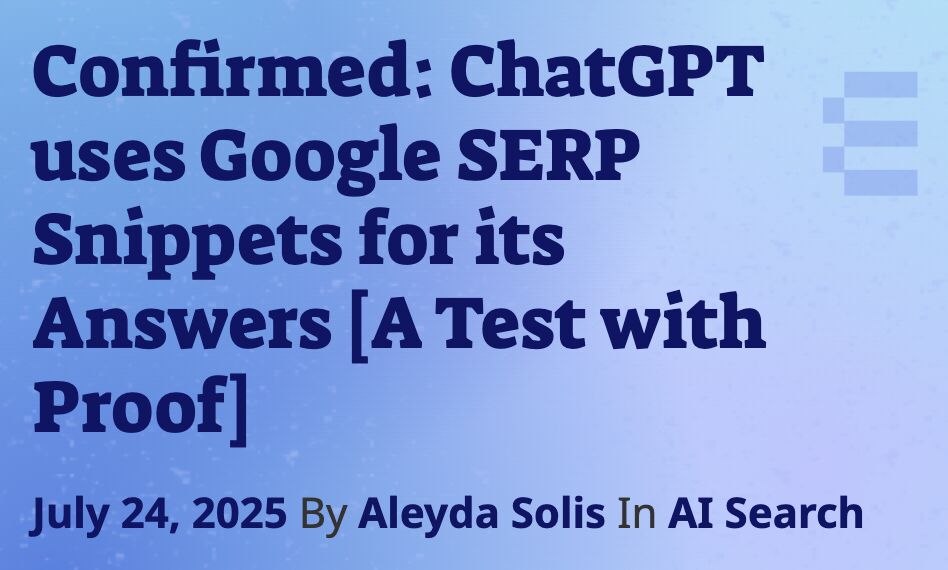
These were all one-off experiments. So, I wondered if it was possible for us to find out the ‘truth’ using data instead.
Here’s what we found.
- She pulled the actual search queries ChatGPT made (“fan-out queries”) and the URLs it returned from those searches. This data is from our Ahrefs Brand Radar.
- She then ran those exact same search queries through Google to see what URLs Google would return
- She measured how often ChatGPT’s returned URLs appeared in Google’s top 10, top 20, and anywhere in Google’s search results.
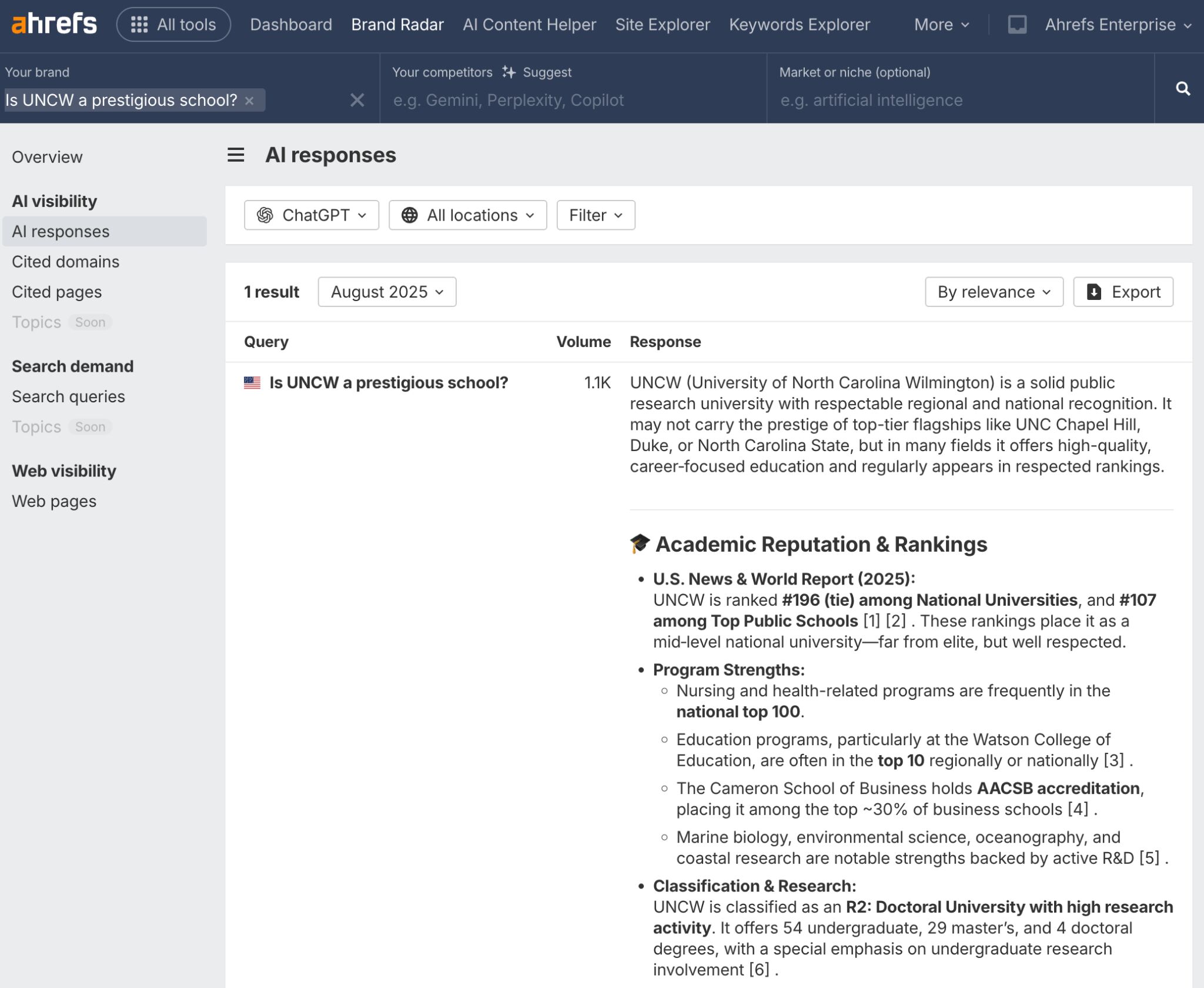
On average, ChatGPT pulls 1.78 search queries per prompt, with 75% of prompts triggering exactly two searches.
So, there’s no clear indication that ChatGPT is solely or predominantly using Google as their search engine.
ChatGPT likely uses a hybrid approach where they retrieve search results from various sources, e.g. Google SERPs, Bing SERPs, their own index, and third-party search APIs, and then combine all the URLs and apply their own re-ranking algorithm.
Final thoughts
ChatGPT doesn’t appear to be “secretly Google-powered.” Instead, it seems to use a sophisticated multi-source approach.
This makes sense from a product perspective.
OpenAI likely wants to reduce dependence on any single search provider while optimizing for their specific use case: providing accurate, contextual answers rather than general web discovery.
Any questions or comments? Let me know on LinkedIn.
Similar Posts
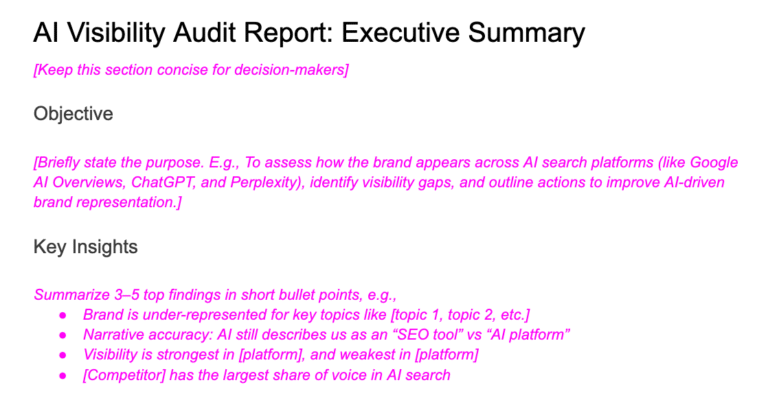
AI Visibility Audit: How to Measure Your Brand’s Presence in AI Search
An AI visibility audit provides a structured approach for search and brand teams to assess how their brand shows up on platforms like Google’s AI Overviews, ChatGPT, and Perplexity. It measures where the brand is mentioned in AI search platforms, how often, how accurately, and based on which sources. Here’s a step-by-step process for how…

What Is Domain Renewal?
Renewing your website’s lease on the Internet for another year. Your domain is your castle. It’s the name of your website, and it may be responsible for most of your sales. Domain renewal should be one of the most important tasks on your to-do list, and letting it lapse can cause so much damage. Knowing…
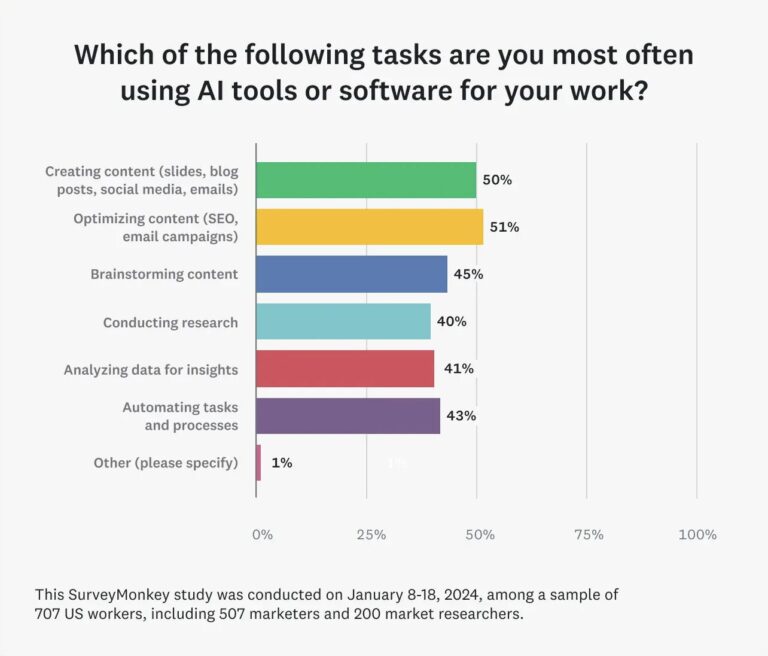
16 of the Best AI Marketing Tools We’ve Tried & Spied in 2025
We’ve shared, discussed, tested out, and invested in a whole tech stack’s worth of different AI marketing tools lately. Below, you’ll find some we love and use every day, and others we’re keeping a keen eye on in 2025. ad targeting, according to research from SurveyMonkey. The best AI marketing tools help users save time and…
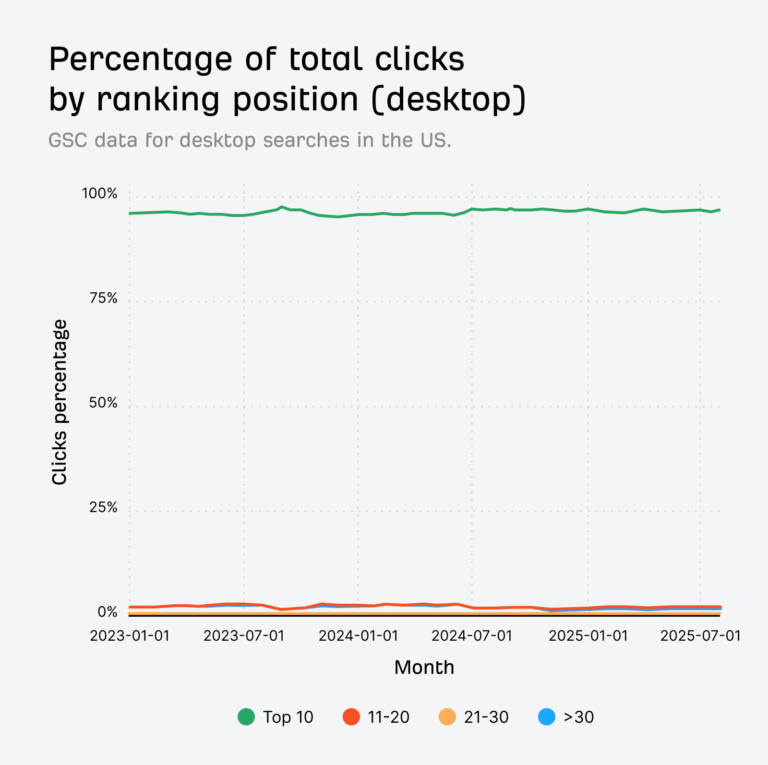
96.98% of Clicks Happen in the Top 10 Search Results
How many clicks and impressions come from rankings beyond Google’s first page? To find out, we analysed billions of clicks and impressions from Google Search Console. Our findings are a good reminder: page one is where the overwhelming majority of clicks and impressions happen. 96.98% of desktop clicks happen in the top 10 In August 2025, 96.98%…

SEO Is the Worst It’s Ever Been (And It’s Still Your Best Marketing Channel)
Here are two ideas that can be true at the same time: SEO offers worse returns than it used to. SEO is still one of the best marketing channels. SEO really has changed: Talk to website owners, and you’ll even hear whispers that some companies are losing 20–40% of their monthly clicks from search. 1…
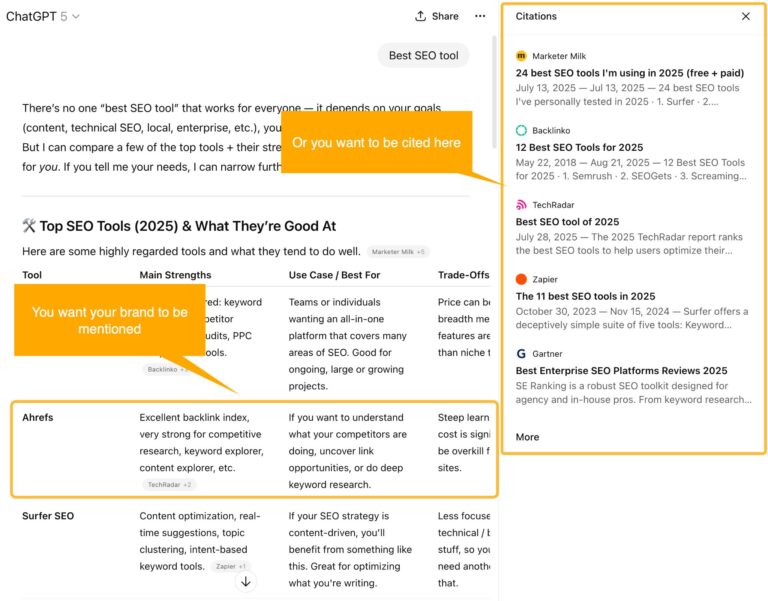
LLM Visibility: What It Is and How to Optimize for It
Millions of people still turn to Google for answers. But there’s also a growing number of people who are turning to AI assistants like ChatGPT, Claude, and Perplexity directly for answers and getting their tasks done. If your brand isn’t appearing in these AI responses, you’re becoming invisible to an increasingly important segment of your audience….
